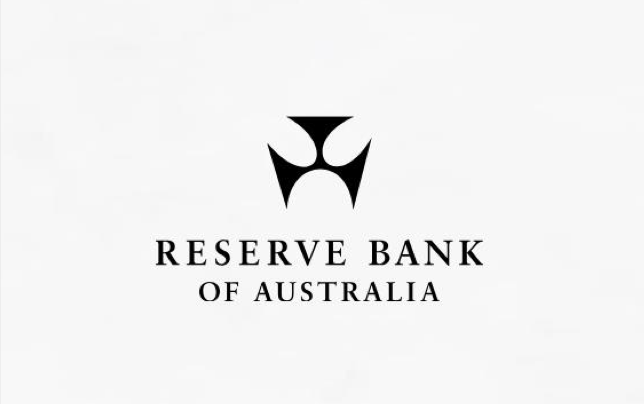
EY presented last week at the SEC Investor Advocacy Committee meeting. The topic of the morning discussion was the decline in IPOs. As part of the presentation a report by EY was distributed.
During the dot-com peak in 1996, public listings in the US hit a record high of more than 8,000 domestically incorporated companies with an average market capitalization of $1.8 billion. But since that time, the number of domestic US-listed public companies has decreased “precipitously”, explains EY.
 By 2003, there were 5,295 domestic US-listed companies. Since the 2008 financial crisis, the total number of domestic US-listed companies has largely stabilized, with listed companies ranging between 4,100 and 4,400. During this same period, foreign companies listed on US exchanges have steadily increased in number helping to offset the dearth of US listed firms. So what’s up? Why are companies deciding to remain public and avoid the prestige of trading on a regulated exchange?
By 2003, there were 5,295 domestic US-listed companies. Since the 2008 financial crisis, the total number of domestic US-listed companies has largely stabilized, with listed companies ranging between 4,100 and 4,400. During this same period, foreign companies listed on US exchanges have steadily increased in number helping to offset the dearth of US listed firms. So what’s up? Why are companies deciding to remain public and avoid the prestige of trading on a regulated exchange?
Looking Behind the Declining Number of Public Companies, a paper by EY, says IPOs are down but companies are raising more money than ever when they make the leap from private to public.
Simultaneously, EY says the typical profile of today’s emerging company is often a better fit with the private market than in previous economic cycles when companies required heavy capital investments or had more predictable business models. There is an ocean of private capital chasing the next unicorn.
 Additionally, private companies are able to take more risk and new, non-traditional trading marketplaces have arisen to provide liquidity for early shareholders thus easing the need to go public. VC backed mergers and acquisitions play a role too. Congress, in an odd twist, has become an enabler with the JOBS Act of 2012 that increased the accredited investor limit from 500 to 200o thus making it easier for firms to stay private longer.
Additionally, private companies are able to take more risk and new, non-traditional trading marketplaces have arisen to provide liquidity for early shareholders thus easing the need to go public. VC backed mergers and acquisitions play a role too. Congress, in an odd twist, has become an enabler with the JOBS Act of 2012 that increased the accredited investor limit from 500 to 200o thus making it easier for firms to stay private longer.
But who loses out in all of this?
EY believes that capital markets are “fundamentally healthy” but important questions need to be answered. Specifically;
- What should be the guiding objective of public policy regarding the public and private capital markets
- Is the ultimate goal to generate capital formation in the US, regardless of whether it is in the public or private market
- Is there a desire for more companies to go public sooner, if only to afford retail investors greater access to high-growth companies earlier in the corporate life cycle?
- Should regulations on private capital market investment be eased to afford more investors greater access, even though doing so would serve to further companies’ ability to grow bigger and stay private longer
- Should private capital market activity be regulated differently if restrictions on investor participation are changed?
Policy makers need to first decide how to best serve each constituent party of the equation: issuer, investor, shareholder and market maker.
Read the EY report below.





